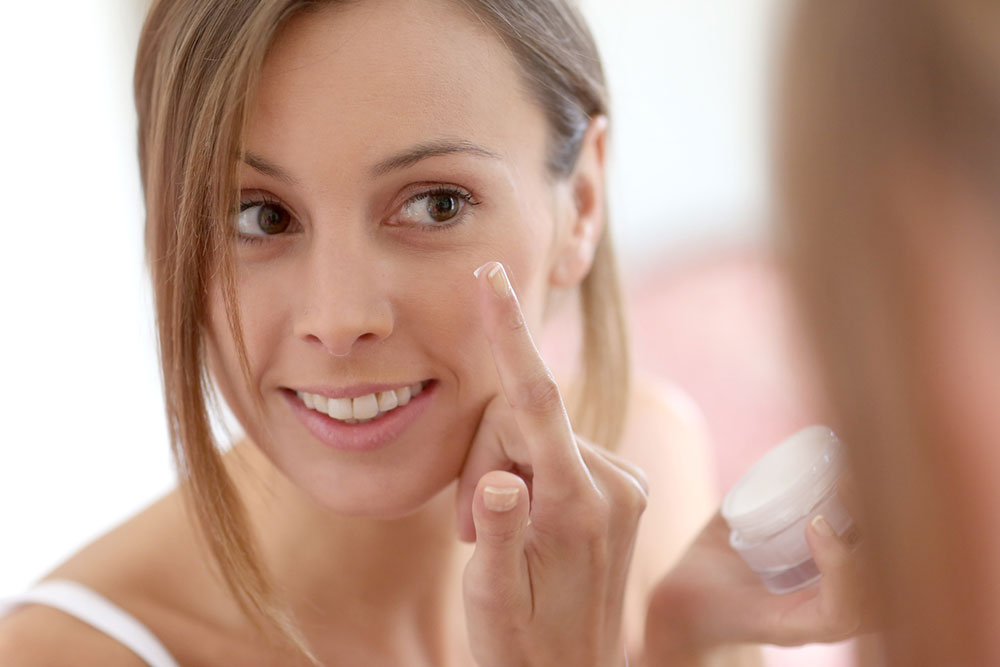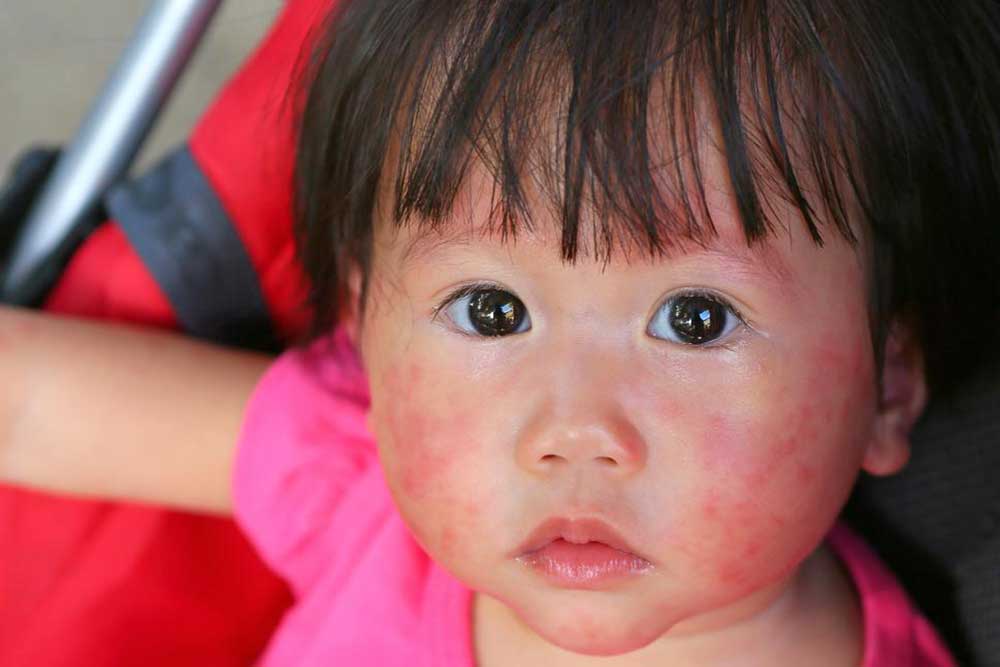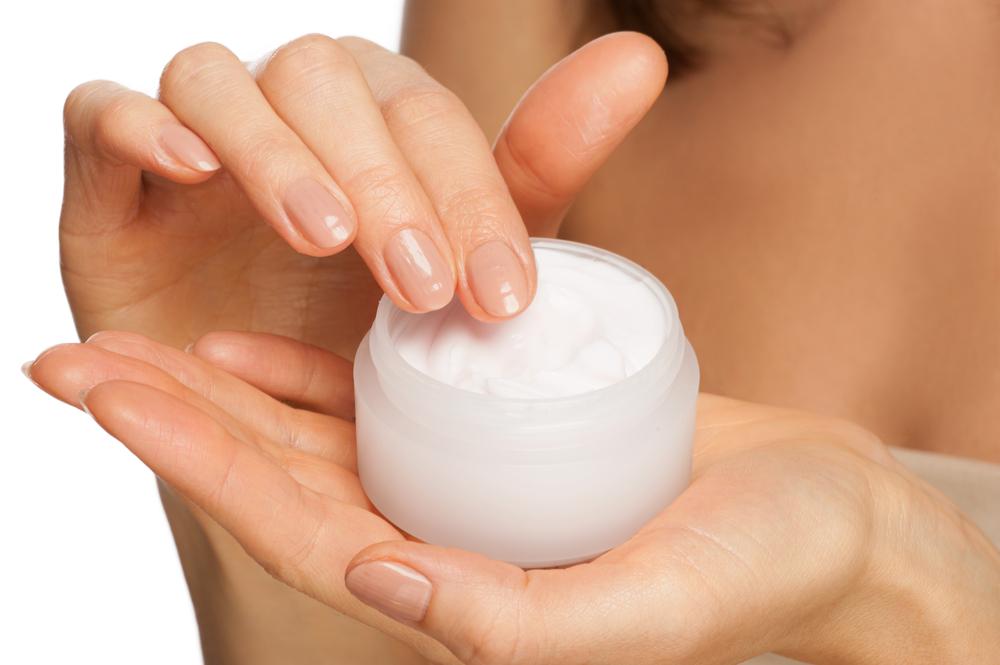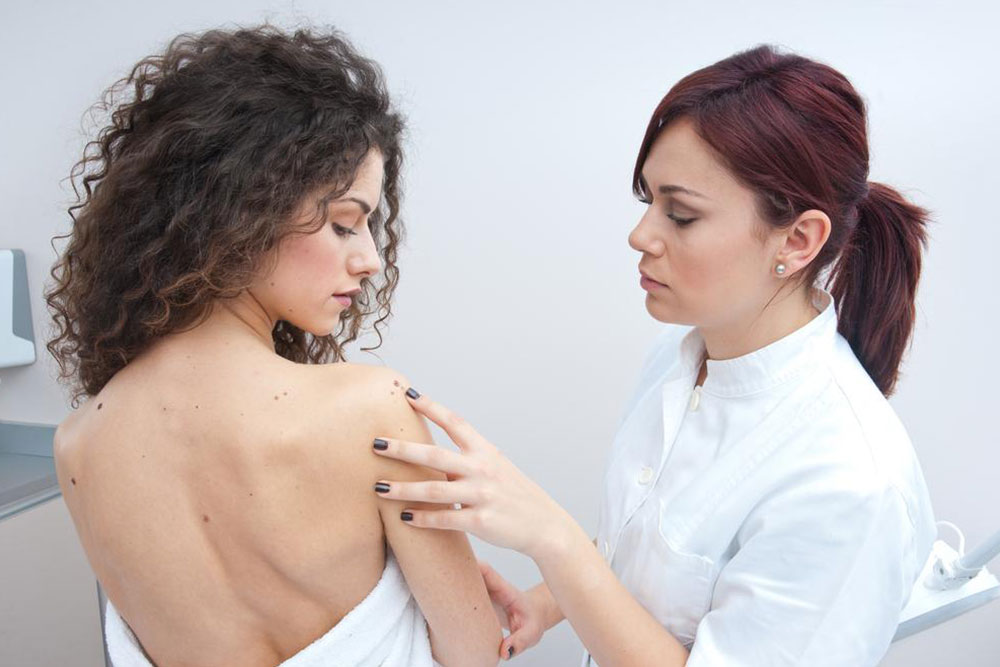Comprehensive Guide to Common Skin Blemishes and How to Recognize Them
This comprehensive guide explores common skin blemishes, their characteristics, causes, and treatment options. Whether benign growths like cherry angiomas, skin tags, or warts, or sun-induced spots like age or sun spots, understanding these blemishes helps in their early identification and management. Learn how to differentiate between harmless spots and those requiring medical attention, with expert advice on removal and care to maintain healthy skin and confidence.
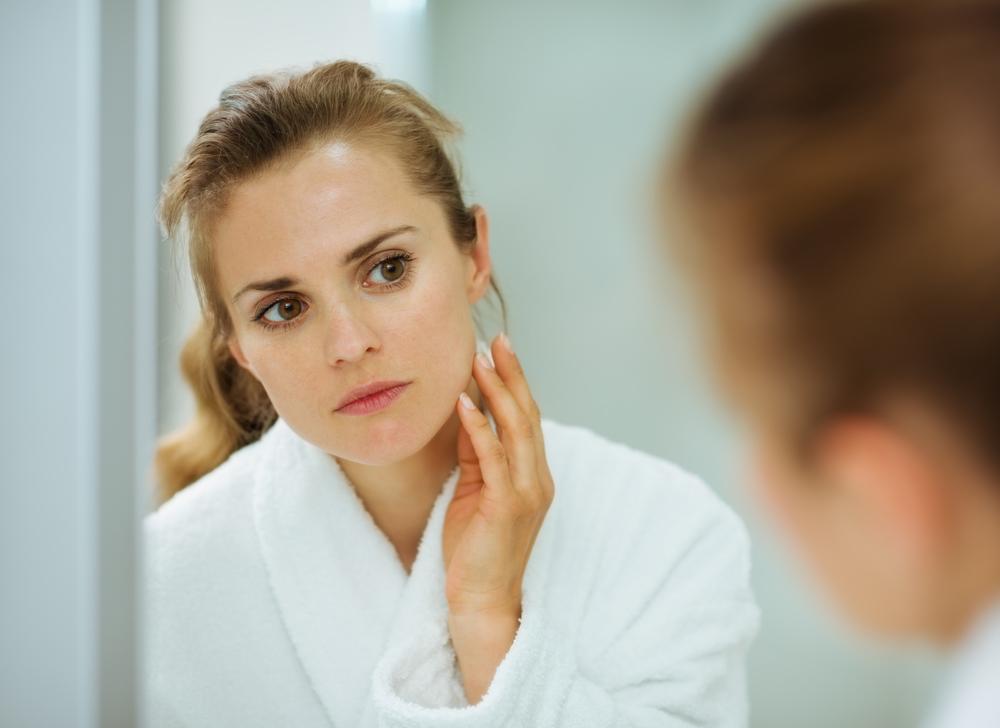
Comprehensive Guide to Common Skin Blemishes and How to Recognize Them
Skin blemishes are alterations or irregularities that appear on the surface of the skin, often changing the texture, color, or appearance of the affected area. These spots and growths can vary widely in size, shape, color, and severity, and they can occur at any age. For many individuals, the appearance of skin blemishes can lead to concerns about health, aesthetics, or both. Understanding the different types of skin blemishes, their causes, and potential treatments is essential for maintaining healthy skin and addressing concerns effectively.
Most skin blemishes are benign; however, some may be indicative of underlying health issues or skin conditions that require medical attention. Consulting a dermatologist is advisable when new or unusual skin changes are observed, especially if they grow rapidly, change in color, or are accompanied by symptoms such as pain or bleeding.
In this comprehensive guide, we will explore the most common types of skin blemishes, their characteristics, causes, and available options for management or removal. Whether you're noticing a new spot or want to better understand the blemishes you already have, this article aims to provide detailed, reliable information to help you make informed decisions about your skin health.
Understanding Different Types of Skin Blemishes
Skin blemishes encompass a broad spectrum of growths, spots, and irregularities. Some are harmless and may require no treatment, while others might need medical intervention. Below, we delve into some of the most common blemishes, starting with benign growths that typically do not pose health risks.
Cherry Angiomas: Small Bright Red Skin Growths
Cherry angiomas are among the most recognizable skin blemishes. These small, bright red or ruby-like dots appear on the skin and are also known by names such as Campbell de Morgan spots or senile angiomas. They are caused by clusters of dilated blood vessels under the skin, which makes them appear vividly red. These growths can develop anywhere on the body but are most commonly found on the torso, arms, and legs. Most people over 30 years of age develop cherry angiomas, making them a common part of the aging process.
Despite their bright appearance, cherry angiomas are benign and do not pose health risks. They are purely cosmetic concerns for many individuals; however, some may choose to have them removed for aesthetic reasons. Removal procedures are simple, usually performed by dermatologists through laser therapy, electrocautery, or cryotherapy, with minimal discomfort and quick recovery.
Skin Tags: Small, Flesh-Colored and Benign
Skin tags are tiny, soft, flesh-colored or slightly darker growths that typically appear in areas where the skin folds or experiences friction, such as the neck, armpits, groin, or eyelids. They are benign skin growths, meaning they are not cancerous and generally do not threaten health. Their exact cause isn't fully understood, but they are associated with skin friction, obesity, and hormonal changes.
Skin tags are usually painless, but they can become irritated or rubbed off by clothing or jewelry, leading to discomfort or bleeding. Removal is straightforward and can be achieved by a dermatologist through various techniques, including snipping, freezing (cryotherapy), or burning (curettage) after local anesthesia. If a skin tag causes irritation or cosmetic concern, removal is a safe and quick solution.
Warts: Viral Growths Caused by HPV
Warts are skin growths caused by an infection with the human papillomavirus (HPV). They can appear on any part of the body, including the hands, feet, face, or genitals. Warts are contagious and often spread through direct contact or contact with contaminated surfaces. Depending on the strain of the virus, different types of warts can develop, such as common warts, plantar warts, flat warts, and genital warts.
Warts tend to grow where the virus enters the skin, especially in areas with minor cuts or abrasions. They often have a rough or cauliflower-like texture and may be treated with over-the-counter medications, cryotherapy, laser therapy, or surgical removal by a healthcare professional. While warts can be bothersome or unsightly, they are usually harmless, though they may recur if the virus is not fully eradicated.
Dermatofibromas: Small Fibrous Bumps
Dermatofibromas are small, benign fibrous nodules that typically develop on the skin, most often on the legs. They are characterized by a firm, pink, brown, or red bump that can be slightly raised. Also known as cutaneous fibrous histiocytomas, dermatofibromas are common across all age groups and ethnicities.
Most dermatofibromas are entirely harmless and do not require treatment unless they cause discomfort or cosmetic concerns. When removal is desired, it can be performed through simple surgical excision. Because they are benign, dermatofibromas pose no risk of turning into cancer.
Seborrheic Keratosis: Common Noncancerous Growths
Seborrheic keratosis is a very common benign skin condition characterized by waxy, scaly, or wart-like growths that usually appear on the face, neck, shoulders, or chest. They are often brown, black, or tan and tend to increase in number with age. These growths are painless and do not typically cause any health issues, though they can be cosmetically bothersome.
If they cause irritation or if their appearance changes significantly, dermatologists can remove seborrheic keratoses through cryotherapy, curettage, or laser procedures. As they are benign, treatment is not always necessary unless desired for cosmetic reasons.
Sunspots/Solar Lentigines: Discolorations from Sun Exposure
Sunspots, also known as solar lentigines, are flat, brown, or black spots that develop on exposed areas of the skin as a result of prolonged sun exposure. They are common among individuals who spend a lot of time in the sun without adequate protection. Sunspots are more frequently found on the face, neck, hands, and arms.
Although they are benign and do not develop into skin cancer, their presence can be a sign of skin aging and sun damage. Preventive measures such as regular use of broad-spectrum sunscreen, wearing protective clothing, and avoiding peak sun hours can reduce the risk of sunspot formation. If desired, cosmetic treatments like laser therapy, cryotherapy, or topical bleaching agents can diminish their appearance.
Understanding the variety of skin blemishes and their causes helps in early identification and appropriate management. While many blemishes are harmless, persistent or changing spots warrant consultation with a healthcare provider. Maintaining good skin hygiene, protecting skin from excessive sun exposure, and seeking professional advice when needed are essential components of effective skin health management.
